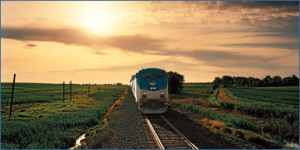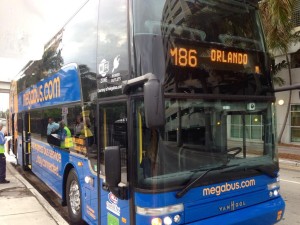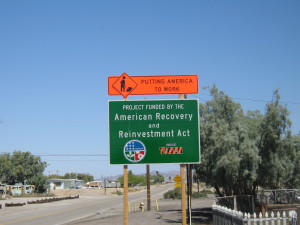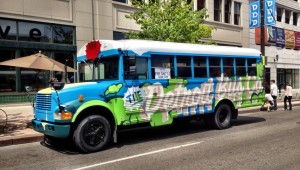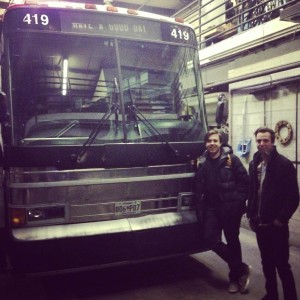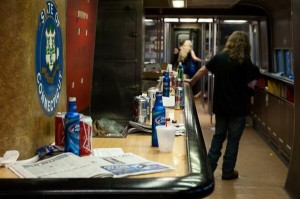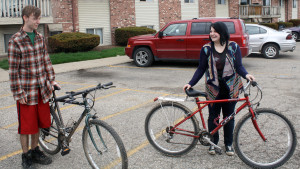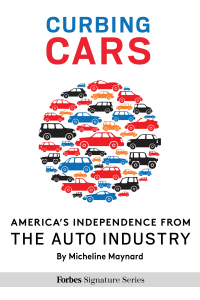While going through the transportation options of the dozen U.S. “megalopolises” in Richard Florida’s article in the Atlantic’s City Lab, I realized how many of these various systems I’ve actually experienced myself.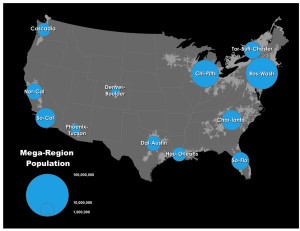
I’ve always felt that I’ve lacked experience when it comes to seeing much of the United States, but researching the transportation options in these mega-regions jogged my memory quite a bit.
I grew up in southern California, where I can remember taking Metrolink’s $7 round-trip train ride to baseball games at Angels Stadium in Anaheim, and hopping between Metrolink and Amtrak trains in Los Angeles to get to my very first radio interview at Los Angeles’ KFI AM640.
When I lived in Seattle for a period between 2008 and 2009, I took a bus across the border into Canada to visit Vancouver. I also remember taking the BART to Oakland Coliseum to watch an A’s game.
Beside these places, I’ve ridden the subway and ferries of New York, and I also often take the light rail between Tempe, Ariz. and Phoenix.
When I lived in Seattle, or rode the BART in San Francisco, it had never crossed my mind that I would write transportation stories sometime in the future.

